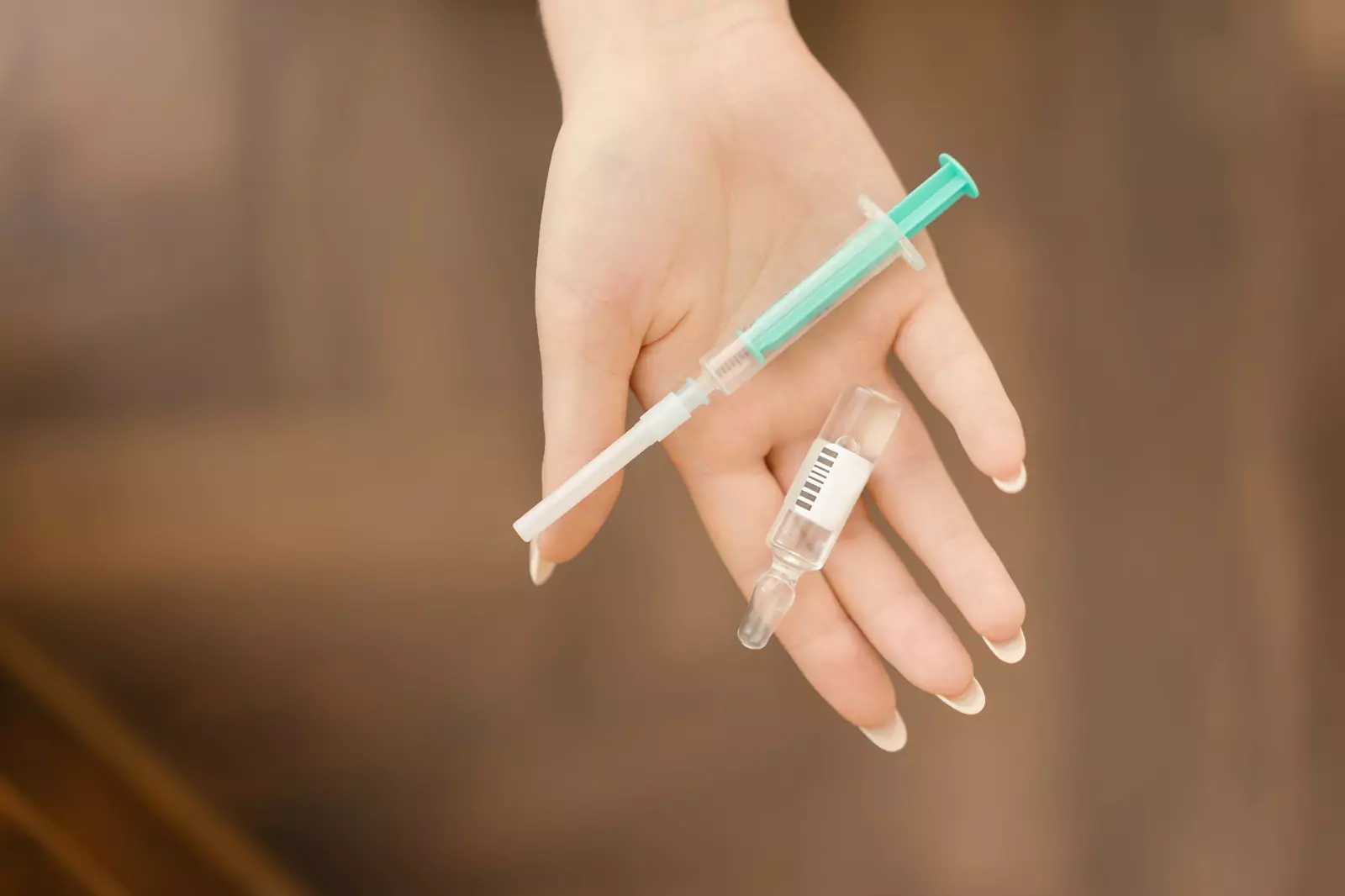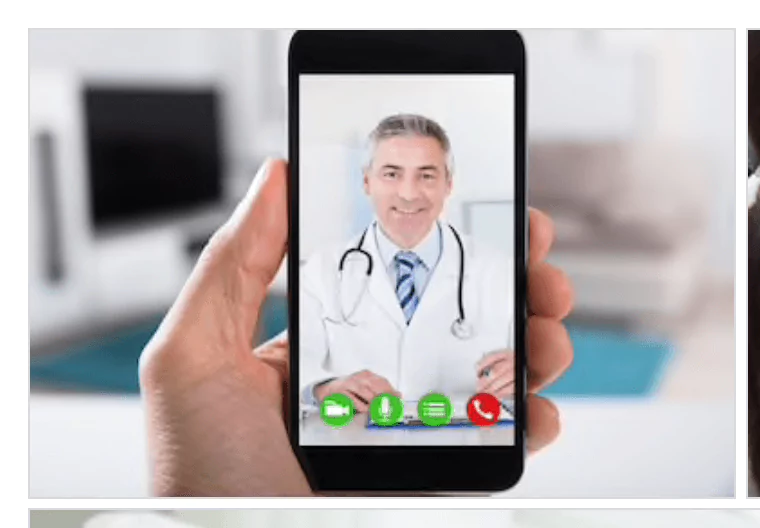DISCOUNT: UP TO 90% OFF






Do I need insulin?


Table of Contents
- Why do I need insulin when there are other medications?
- Type and duration of diabetes determine whether you need it or not!
- Let’s get real. Do I really need it and if so, which one?
- What type of insulins are available?
- Long-acting (Toujeo, Tresiba, Levemir, Lantus)?
- Rapid acting /fast acting (NovoLog, Humalog, Novolin R, Humulin R, Fiasp, Apidra)?
- Here are 3 important features:
- Common insulins in the market and their features.
- Strengths of Insulin
- How can I take Insulin?
- Insulin Pens
- If I need insulin and can use pens what is the advantage of an insulin pump?
- How do I inject it via pen needle and/or syringe (old fashion but cheap)
- Inhaled Insulin
In my diabetes care center, I get a question from my patients frequently which is “why do I need insulin”. Do I need insulin at all? Good questions to ask. If your doctor can not answer this question, read this article. Still has questions? Call us at 1 800-644-3963 for a free consultation.
A lot of doctors start insulin treatment very early with is not actually necessary. But, even after all the efforts, due to the progressive nature of diabetes, some patients will inevitably go on insulin later in life. “Why do I need insulin” is a very legitimate question. In this article we will talk about when insulin is absolutely necessary and why do you need insulin.
Aside from treating diabetes with diet, exercise, and oral medications, insulin is sometimes an absolute necessity when everything else fails to achieve diabetes control. Yes, healthy food choices and physical activity can greatly impact your diabetes outcome.
Yet, diabetic medicines such as insulin can only help you better manage your disease when used timely and correctly. Your diabetes specialist should carefully evaluate if you need it as there are many non-insulin options that can still help you. Most of the time basal insulin is the most commonly required medication as the first step among all.
Why do I need insulin when there are other medications?
Today we are discussing insulins however we will shortly brief you on non-insulin medications. Medications vary based on what type of diabetes you have and how well your blood glucose is controlled. Your doctor should choose agents based on your specific needs. Every medication has a different mechanism of action.
There are more than 80 diabetic medications in the market. It can be even confusing to your primary care doctor to choose from so many medications. Insulin, for example, is the ultimate hormone all other medications trying to generate in the body. It allows the body to utilize nutrients primarily carbohydrates. Among all the options SugarMDs team led by a diabetes specialist is one of the best ways to choose the right medication just for you.
Generic advice or trial and error methods, on the other hand, will cause you valuable time and money.
Type and duration of diabetes determine whether you need it or not!
With type 1 diabetes, insulin must be prescribed. Because with type 1 diabetes, your body no longer produces this hormone. Patients with type 1 diabetes take it several times a day mostly before meals. Insulin pumps provide steady yet small doses throughout the day which can be beneficial for people with active lifestyles. On the other hand patients with type 2, diabetes can manage their diabetes by making healthy food choices and increasing physical activity.
You must be asking why would I ever need insulin then. You are right. This statement is mostly true in the early stages of diabetes. Some people with type 2 may also need to incorporate a medication or medications as time goes by due to the progressive nature of the disease.
Oral medications or injectable agents such as GLP-1 drugs(ozempic, rybelsus, trulicity, etc) may be introduced based on your specific need. Most of the time these drugs can help delay the start of insulin for a long time. Over time, you may require more than one medication to help control your blood glucose.
If you do not need insulin on a routine basis, you may still require insulin therapy at specific times over the course of your life. Some examples are stressful times like pregnancy, when steroids are prescribed or if you are in the hospital sick. When it comes to gestational diabetes, the first line of defense is to control blood glucose levels by simply making healthier food choices.
Participating in regular physical activity is also very important. After making lifestyle changes such as these and blood glucose may still not be on target. Then, your provider will talk about adding an oral medication such as metformin or insulin that will be safe to take during pregnancy. If your blood glucose is dangerously high, they may begin a medication from the start.
Let’s get real. Do I really need it and if so, which one?
SugarMDs understands that no matter what type of diabetes you have, taking medications can feel like a big burden. We know that you may need medications for other chronic health conditions such as high blood pressure or high cholesterol as part of your care plan. SugarMDs can help you manage your medication plan. In our diabetes care center, our goal is to reduce the number of medications and if possible eliminate the insulin from the regimen.
What type of insulins are available?
There are many types. What sets them apart is how quickly they work, when they peak in your blood, and how long they last. It is very important to know that information. With this knowledge, you can manage your diabetes much better. They are also available in different strengths with the most common being U-100. This simply means that there are 100 units of insulin per 1 mL of the constitute. Below is a list of the different types of insulins with the drug name as examples.
Syringes are a thing of the past. Nowadays we all use pens.
Long-acting (Toujeo, Tresiba, Levemir, Lantus)?
Basal insulin is the first option and basic insulin for most patients with diabetes. It allows the body to slowly absorb blood sugar and prevents the liver from delivering too much glucose into the system. If you are wondering why your blood sugars are high after a long night of sleep you may want to ask your doctor about basal insulin options. Without basal insulin, there will be a continuous increase in blood sugar levels even without food intake.
Rapid acting /fast acting (NovoLog, Humalog, Novolin R, Humulin R, Fiasp, Apidra)?
On the other hand, you may need rapid-acting insulin if your blood sugars are spiking too much after meals. Check your blood sugar 2 hours after meals. If it is more than 180 mg/dL rapid/fast-acting insulins are an option. Sometimes there may be other ways to fix the problem as well. We never use basal insulin to correct blood sugar happening due to meals. Rather, we use basal insulins to prevent blood sugars from steadily rising causing high blood sugar in the morning.
Here are 3 important features:
-The “Onset” is the length of time before insulin reaches the bloodstream and begins lowering blood sugar. -“Peak-time” is the time during which insulin is at maximum strength in terms of lowering blood sugar. – Lastly, “Duration” is how long insulin continues to lower blood glucose.
Common insulins in the market and their features.
– Rapid-acting
They begin to work about 15 minutes after injection. It peaks in about 1 hour and continues to work for 2 to 4 hours. Brand and generic names of rapid/fast-acting forms: Insulin glulisine (Apidra), insulin lispro (Admelog, Humalog), and insulin aspart (Fiasp, NovoLog) These fast-acting insulins are the most popular options used before mealtime. This is because the action start time is short making them convenient to use before meals.
– Regular or short-acting
These usually reaches the bloodstream within 30 minutes after injection. They peak anywhere from 2 to 3 hours after injection and is effective for approximately 3 to 6 hours. Brand and generic names: Human Regular (Humulin R, Novolin R) These are are much cheaper.
Yet, they are more likely to cause low blood sugar as the duration of action is long. Since time to start action is longer they are less convenient. You have to take these at least 30 minutes prior to a meal. Also, you will have to use syringes. Pens are not available for these insulins.
– Intermediate-acting
Generally reaches the bloodstream about 2 to 4 hours after injection. It peaks 4 to 12 hours later and is effective for about 12 to 18 hours. Brand and generic names: NPH (Humulin N, Novolin N) Humulin and Novolin and are also cheaper insulins.
If a patient is willing to take 2 injections a day we sometimes use this insulin as long-acting Instead of more expensive insulins such as Lantus, Levemir, Toujeo and Tresiba. Again with Humulin and Novolin, there is more potential for low blood sugars and more weight gain.
– Long-acting
Reaches the bloodstream several hours after injection and tends to lower glucose levels up to 20-hours or longer. Brand and generic names: degludec (Tresiba), detemir (Levemir), and glargine (Basaglar, Lantus, Toujeo)
– Inhaled
Begins working within 12 to 15 minutes, peaks by 30 minutes, and is out of your system in 180 minutes. Brand and generic names: Technosphere insulin-inhalation system (Afrezza)
– Combination insulin/GLP-1 Types:
Brand and generic names: Insulin degludec and liraglutide (Xultophy) and insulin glargine and lixisenatide (Soliqua)
-Premixed
For people who can not afford insulin pens or patients who prefer fewer injections may benefit from premixed forms. They have significant limitations. Because they are mixed long and short-acting insulins. It is harder to make small adjustments in the individual components of the medicine.
It may work for people who have a very stable meal schedule and routine. Patient selection is the key feature in successful management. Brand and generic names: NovoLog 70/30, Humalog 50/50, Humalog 75/25, Novolin 70/30, Humulin 70/30
Strengths of Insulin
According to the American Diabetes Association, the standard and most commonly used strengths in the United States today is U-100. To help better understand this, U-100 means it has 100 units of insulin per milliliter of fluid. U-500 is also available for use in patients who are more insulin resistant.
U500 has concentrated insulin and is only prescribed by specialist doctors such as an endocrinologist. Your healthcare care provider can best determine which strength best suits you. There are also U–200(Tresiba and Humalog) and U-300 (Toujeo) insulins.
Unlike U-500 U-200 and U-300 concentrations do not show different effects than their U-100 counterparts of the same brand. When insulin is more concentrated the volume goes down and that helps in the placement and depo under the skin.
How can I take Insulin?
How you take insulin can depend on many factors such as lifestyle, insurance coverage and preference. If needles aren’t for you, you may decide on a different method. SugarMDs can discuss various options and help decide what’s best for you.
Insulin Pens
Pens can be prefilled with insulin and are disposable. Other pens have a cartridge that you can insert and replace after each use. They look similar to an actual pen except they have a needle at the tip. Pens are convenient and easier to use but have a higher cost than needles and syringes. Cost varies based on insurance coverage. Also, not every insulin is available in vial and syringes but most of them are available in pen form.
Priming an insulin pen for use
You should priming of your pen to remove any air bubbles from the needle or cartridge that can collect during use. This also ensures that the pen is working correctly. You do priming by squirting a unit of insulin into the air. Without priming before each use, you may be at risk of getting too much or too little medication.
If you have a problem in your vision, you can position the needle tip over your hand so that when the priming dose is expelled out, you can feel the it on your skin. For patients with diabetic neuropathy, you can touch your hand to your lips and take a sniff.
The distinct smell of it will assure you that insulin is being delivered properly. *Priming your pen is recommended prior to use and after changing the needle but it’s important to follow the manufactures instructions.
If I need insulin and can use pens what is the advantage of an insulin pump?
Pumps provide a steady, small dose of insulin throughout your day. Since it is a computer system it allows the doctor to program a very precise insulin delivery that can change from hour to hour. The pump is a small device that you can wear on a belt or place in your pocket. A small plastic tube with a small catheter at the tip you insert right under the skin. Inserting a catheter is as easy as doing a pen injection.
You should replace the catheter every 2-3 days. Through this catheter, the pump releases insulin right under your skin so you do not have to make an injection every time you need insulin. The insulin flows from the device through the tube into your tissue under the skin continually, 24 hours a day. People on pumps can also give specific doses of insulin from the device at mealtimes. Some pumps have no tubes and attach directly to your skin with the help of a self-adhesive pod.
How do I inject it via pen needle and/or syringe (old fashion but cheap)
Using a small pen needle and/or syringe, you can inject insulin. You first need to draw up your dose from the bottle into a syringe. Prepare the injection site by cleansing with alcohol (this is optional if skin is clean), gently pinch the skin to create a two-three-inch fold “only” if you are too skinny or you have a needle longer than 6 mm, and quickly insert the needle at a 90-degree angle (straight up and down).
Insulin works fastest when you inject it into your legs. You should rotate injection sites and include your belly, thigh, buttocks, or back part of the upper arm. Avoid 2 inches around the belly button. People on insulin may require one to four injections per day in order to reach blood glucose target levels while others may only require a single injection.
Inhaled Insulin
You can use inhaled insulin by breathing in a powdered form from a device into your mouth. That then goes into your lungs and then migrates into your bloodstream. Only adults will type I and type 2 diabetes can use it. Ahmet Ergin, MD, CDE, ECNU Endocrinologist
Written By Dr. Ahmet Ergin
460 total articles
Meet Dr. Ahmet Ergin, a highly skilled and dedicated endocrinologist with a passion for diabetes care. Dr. Ergin earned his medical degree with honors from Marmara University in Istanbul. He completed internal medicine residency and endocrinology fellowship at Cleveland Clinic. Dr. Ergin is board-certified in Internal Medicine, Endocrinology, Diabetes, and Metabolism due to his vast medical expertise. He's a certified diabetes educator, author of “The Ultimate Diabetes Book,” and founder of “the SugarMD YouTube channel.” Dr. Ergin offers exceptional diabetes care to his patients in Port Saint Lucie, FL, helping them manage effectively. For a closer look into his insights and experiences, connect with Dr. Ahmet Ergin on LinkedIn, Instagram, and YouTube.”
Disclaimer: These statements have not been evaluated by the Food and Drug Administration. Information on this website isn't intended to treat, cure or prevent any disease. Discuss with your doctor and do not self-treat.
Products















